
Prosper 2024 Recap
As we ready ourselves to bring all our collective Design might to this new year, we thought we would pause a moment to share a snapshot review of just some of our achievements over the past 12 months.
Referred to as ‘The Glastonbury of art’, Venice Art Biennale is the most prestigious cultural organisation in the world. The history dates back to 1895 and stands at the forefront of new contemporary art and design trends. With the 58th Venice Art Biennale coming to an end, designer Zoe Jansen shares her thoughts from her visit to this magnificent arts festival and looks at what retailers can learn from the art scene.
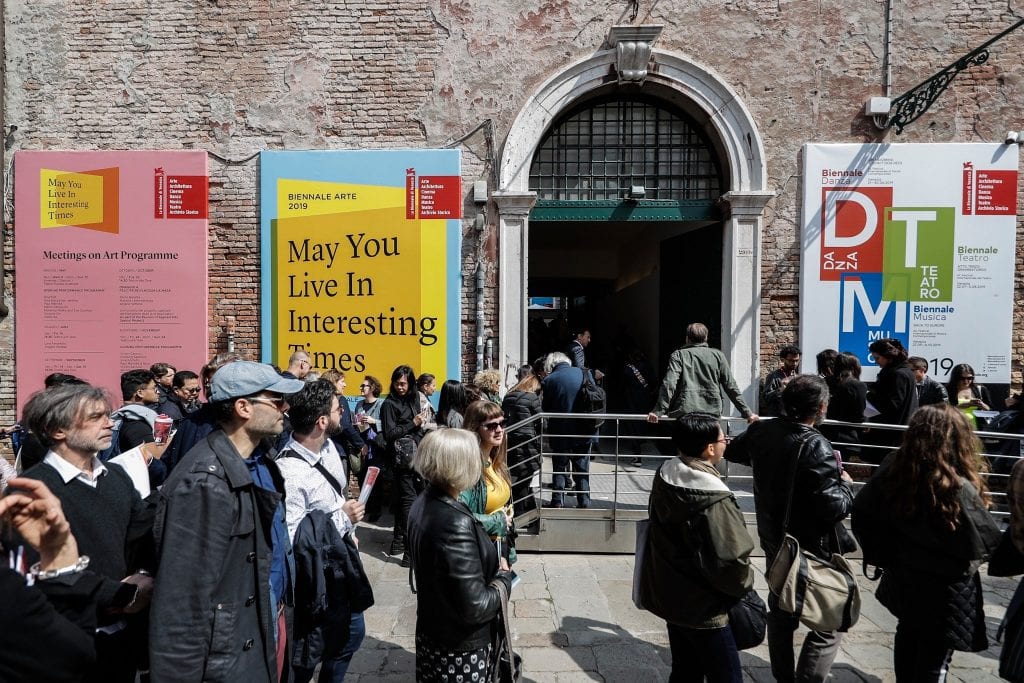
This years main exhibition was curated by Ralph Rugoff titled ‘May you live in interesting times’. Rugoff believes that art and design is about asking questions – challenging perceptions. The exhibition invites visitors to view a variety of installations to explore the unknown and unconsidered ways of being part of this world.
With the festival being located in 2 main areas within Venice, the Giardini and the Arsenale, there were many opportunities to discover local and international design on the Biennale grounds.
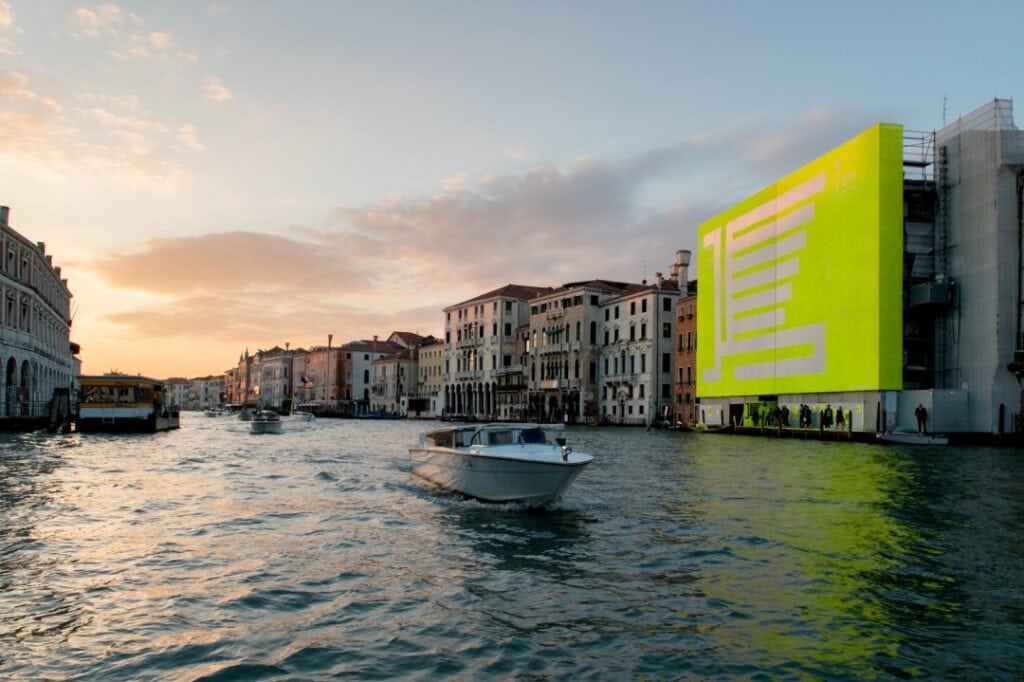
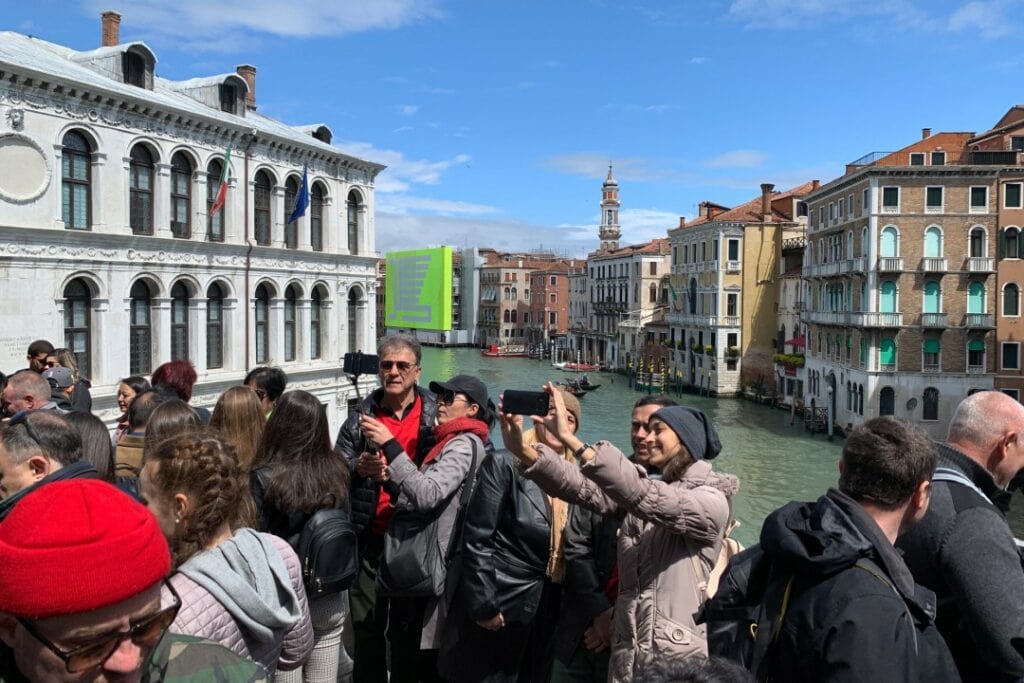
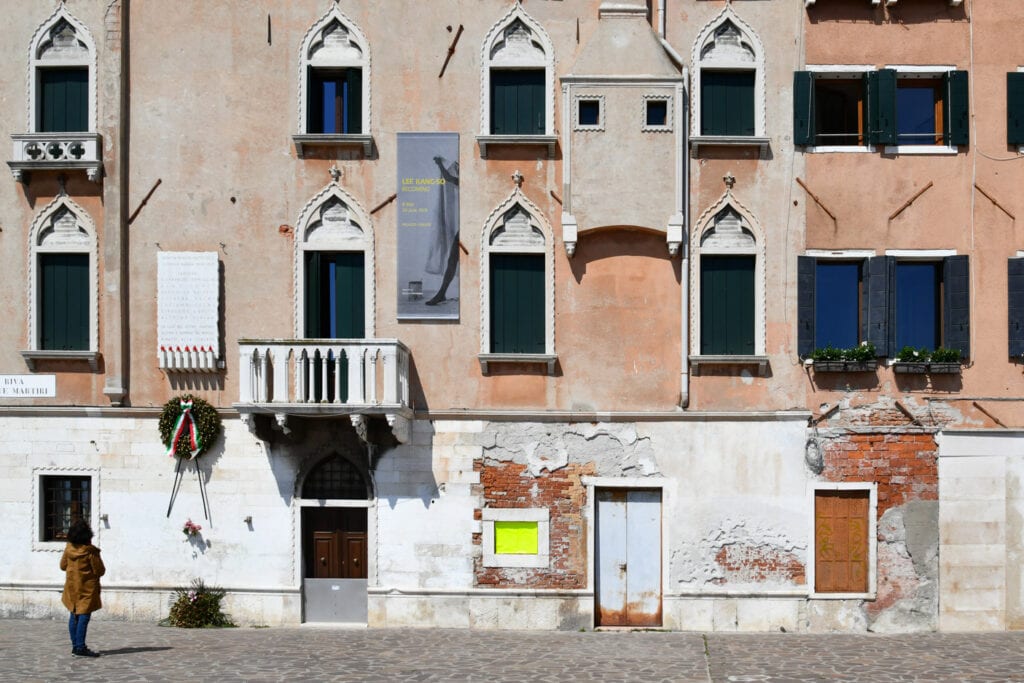
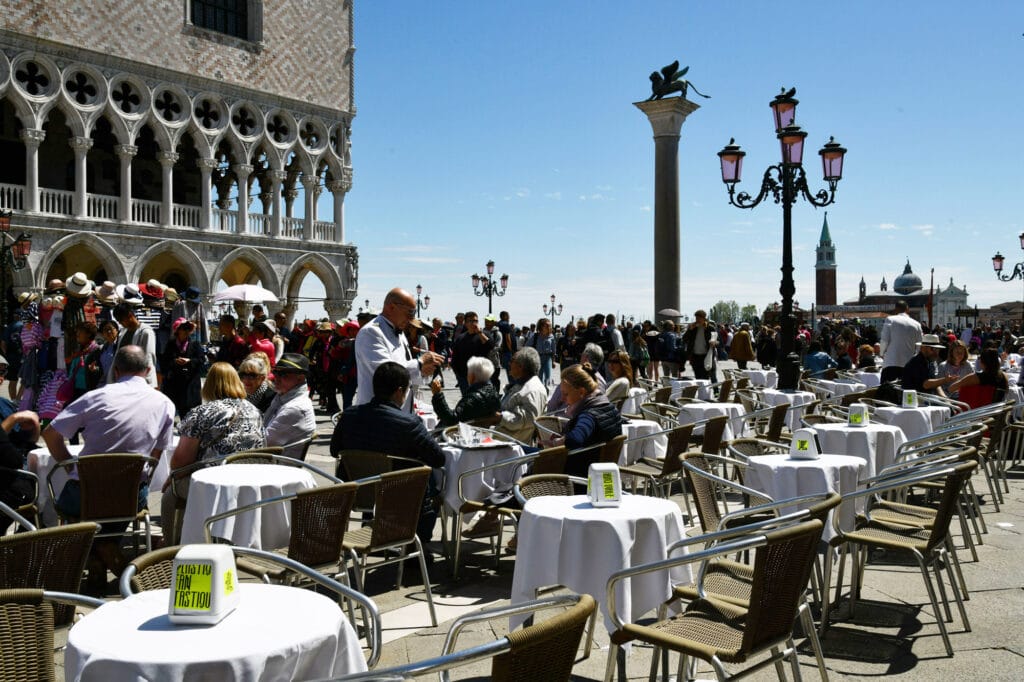
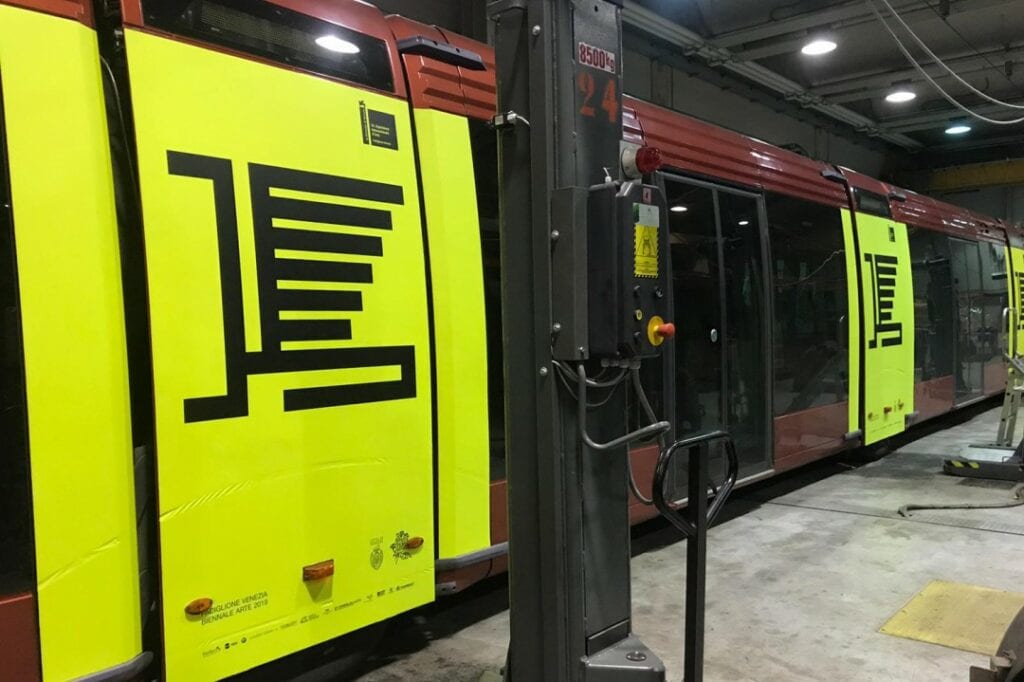
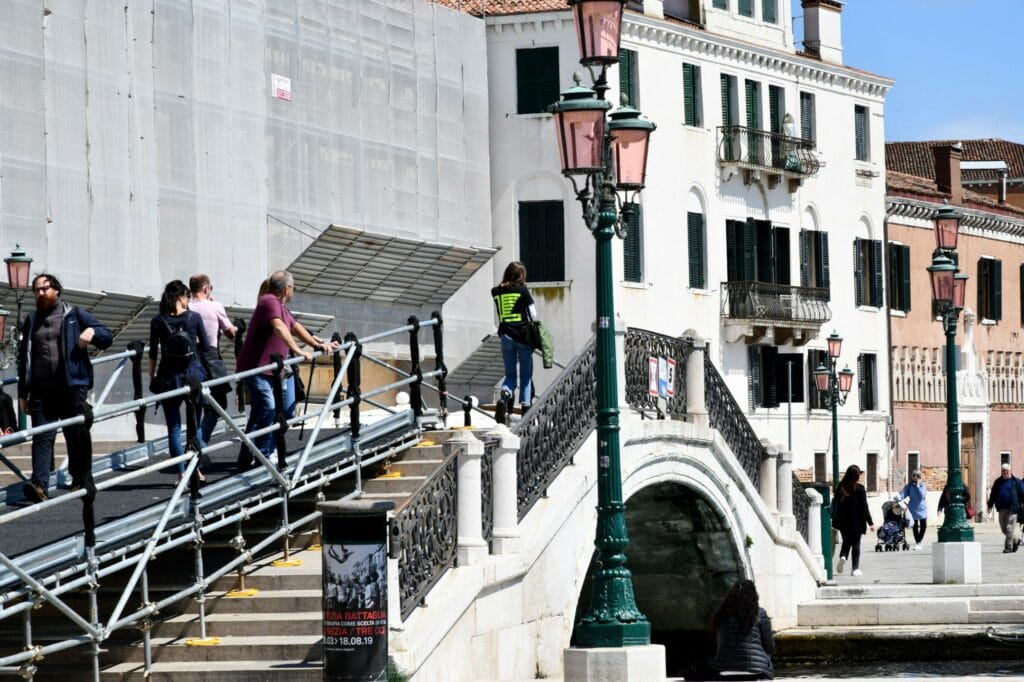
From the outset, design played a massive part in promoting La Biennale di Venezia. Munich-based graphic design studio, Bureau Mirko Borsch, applied its design expertise to promote the arts festival with its creation of an identity for the Venice Pavilion. The focal point of the identity is the Lion of St. Mark, the symbol of Venice. All of the graphic elements act as a visual manifestation of the intersection between Venice and the arts that lies at the core of the Biennale. The thick vertical bars reference the unmissable poles that are scattered throughout Venice. The striking neon yellow acts as a modern interpretation of the golden ornaments at the historical centre while also acting as a signal colour based on its distinctive traits. Functionally, these communications work together to create a strong and vibrant wayfinding system that directs visitors to the pavilion of Venice.
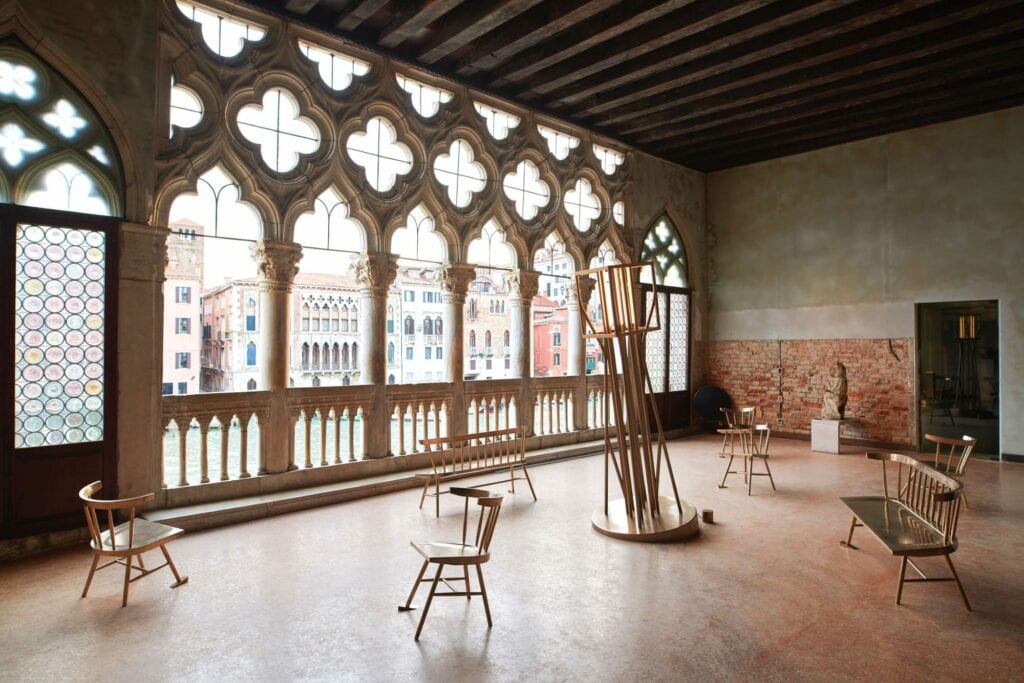
The Carpenters Workshop Gallery located on the Grand Canal was home to ‘DYSFUNCTIONAL’, the exhibition that rethinks the boundaries of art by allowing visitors to question the historical relationship between form and function. Some of the installations take inspiration from the city of Venice itself, such as Virgil Abloh’s sinking seating, a commentary on the city’s rising sea levels.

Delving into the world of experiential art, the Arsenale featured some extraordinary installations. One notable experience included a piece by Shilpa Gupta’s names ‘For, in your tongue, I cannot fit.’ This occupied a dark space with a regiment of letters attached to spears with microphones hanging above. The large-scale multi-channel sound installation gives voice to 100 poets who have been jailed over the centuries for their writing or political alignments. The microphones suspended above the letters, are in-fact speakers that sounds out each prisoner’s words individually.
Lastly, heading outside the Arsenale, is a beautiful installation by Lorenzo Quinn. At 50 feet tall, 6 resin-fibre pairs of monumental hands form ‘Building Bridges’. Each pair of hands represents six universally essential human values – Friendship, Wisdom, Help, Faith, Hope and Love. Quinn’s inspiration was ‘overcoming differences and building a better world.’
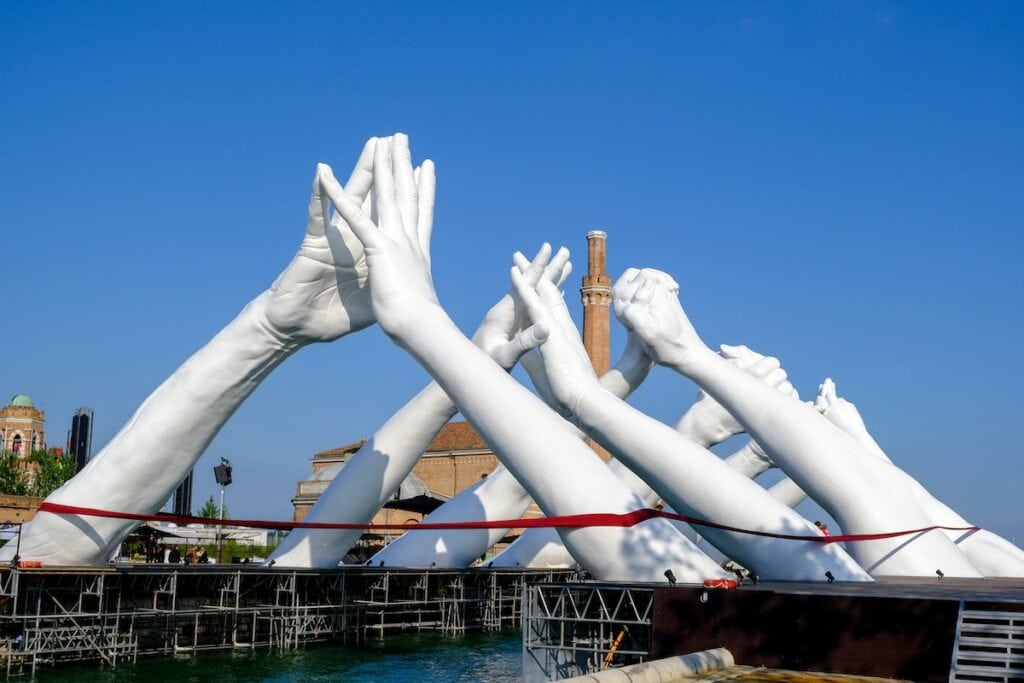
What we learnt
Venice Art Biennale is definitely a place where your head and heart come together. It is an experience that features some of the best contemporary art and design across the globe. Reflecting on the above installations, comparisons can be made with the retail industry, where retailers are now adopting similar techniques to evoke emotional responses.
In this competitive retail environment where brands compete with similar products and services it is hard to differentiate and win consumers on rational decision making. We are seeing that consumers are increasingly choosing brands that appeal to them on an emotional level and the physical retail environment is a vital place for these emotional exchanges – real, tangible, tactile and sensory. We can learn a lot from the art world and how physical interaction can trigger powerful emotional responses.

As we ready ourselves to bring all our collective Design might to this new year, we thought we would pause a moment to share a snapshot review of just some of our achievements over the past 12 months.
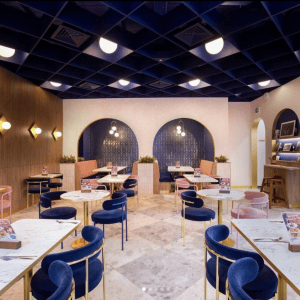
We’re thrilled to share more photos of our recent Patisserie Valerie project, completed at the end of 2023!